Native Plants
-
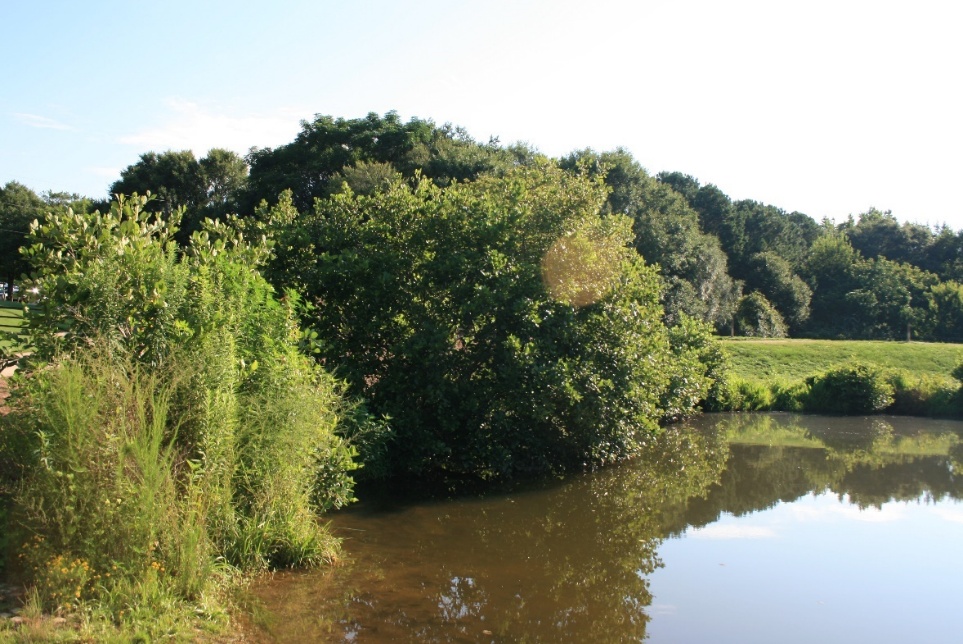
This resource explains how flooding and stormwater pollution affect waterways and how vegetation along the water reduces the negative impacts while improving aesthetics and water quality for fish habitats, recreational boating, appealing views, and property value. It provides guidance on planning, implementation and maintenance of riparian buffer vegetation, and a list of recommended plants.
Martin Wunderly, Bodie V. Pennisi, Erin Getzelman, Nathan Eason, Steven R. Patrick, and Garrett Hibbs
|
-
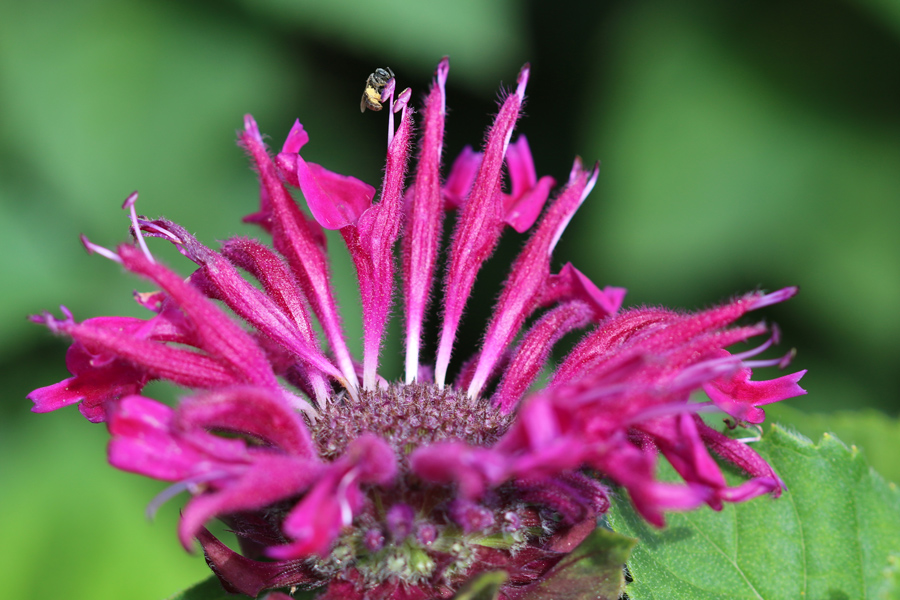
Monarda, commonly known as beebalm, is a North American perennial naturally found in woodlands, meadows, and floodplains. Aside from its aesthetics, beebalm offers environmental benefits, as its flowers, seeds, and shoots provide forage and habitat for many species of wildlife, including insects and birds. This publication covers the results of performance trials for 10 popular Monarda plants in the montane and piedmont (i.e., northern) Georgia regions.
Bodie V. Pennisi
|
-
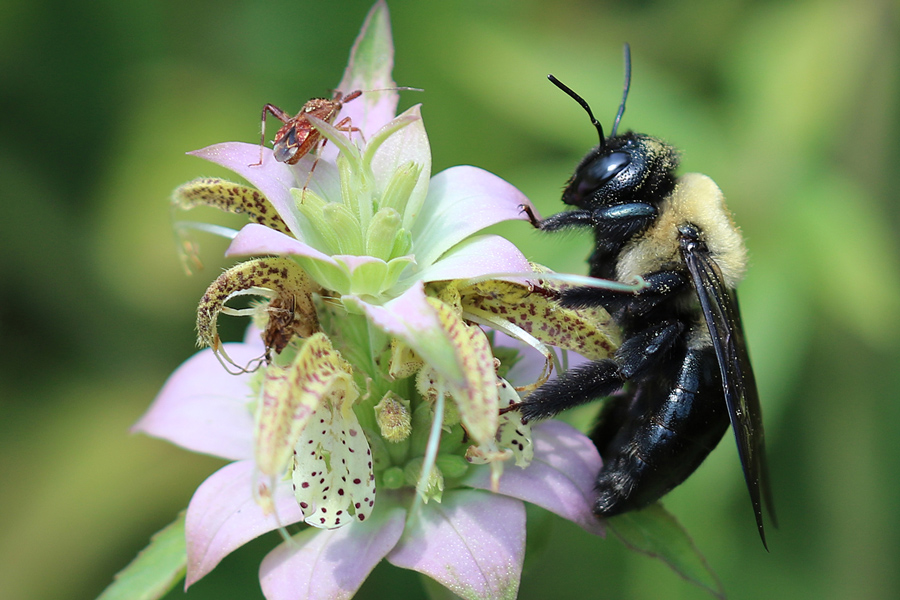
Monarda (beebalm) is a North American perennial naturally found in woodlands, meadows, and floodplains. It offers environmental benefits, as its flowers, seeds, and shoots provide forage and habitat for many species of wildlife, including insects and birds. This publication covers more details from our trials on 10 popular Monarda plants, this time focusing specifically on their floral properties.
Bodie V. Pennisi
|
-

There are about 12,000 species of ferns in the world today. Most are found in the tropics. Currently, Georgia is home to 36 genera, 119 species and 12 hybrid ferns. The list is constantly expanding as new plants are found. To grow ferns successfully, it is important to match the site characteristics and growing environment with the native requirements of the fern species you intend to grow. Even if a fern is native to Georgia, it may not be native to the area of the state where you live.
Bodie V. Pennisi
|
-
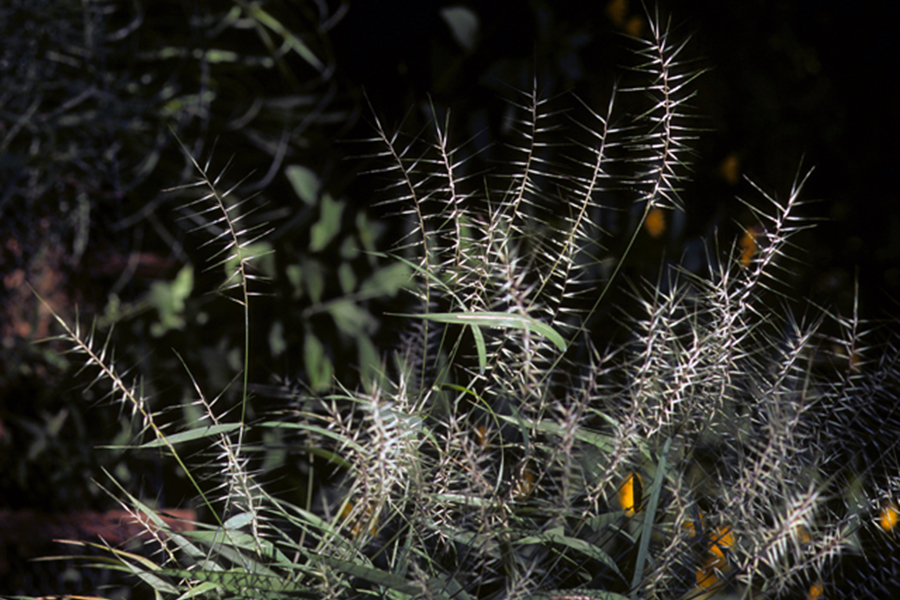
This publication describes and illustrates 48 grasses and 10 sedges native to Georgia. It is not the intent of the authors to
describe all native grasses and sedges, but those that are most widespread or those having practical application for wildlife
habitats, erosion control, restoration projects or landscape culture. A few of the plants are noted as being weedy or
invasive and may not be appropriate for use in cultivated landscapes. Nonetheless, they are included to assist the reader in
identifying them because they are abundant in the wild.Bodie V. Pennisi
|
-

Wildflowers not only beautify the landscape but also provide food and shelter for myriad insects, birds, and mammals. Georgia is rich in endemic (belonging in a particular area or environment) species which grow in a wide variety of habitats, from coastal dunes and pine sandhills to savannas, meadows, and forests. Although many species are primarily seen in undisturbed natural habitats, others have adapted to human-created landscapes, such as roadsides and farms, and are frequently seen on road banks and edge habitats. This publication is intended as a visual guide to common herbaceous plants encountered mainly in sunny areas in South Georgia. Although by no means inclusive or extensive, the list contains plants that are easy to recognize and valuable for wildlife.
Bodie V. Pennisi, Jason Schmidt, and Keren Giovengo
|
-
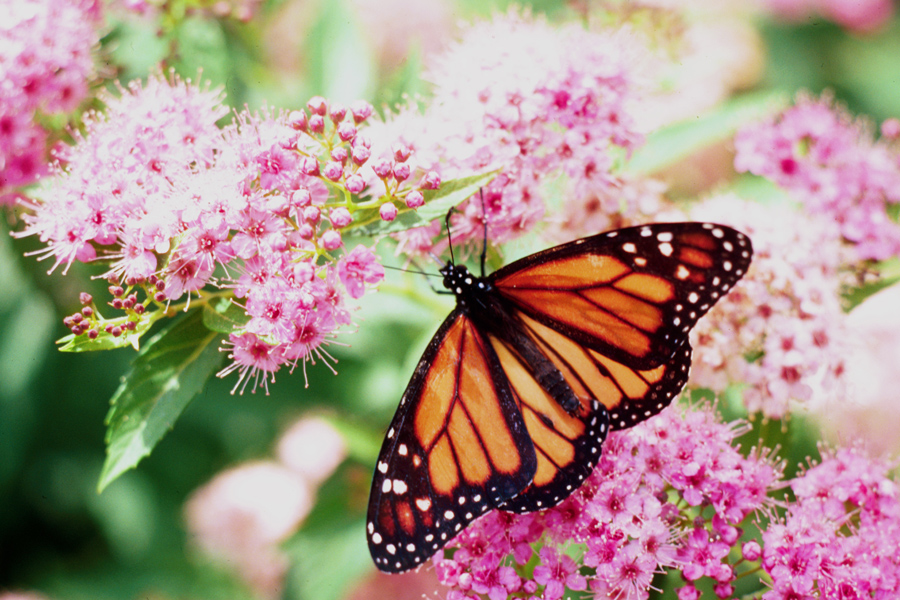
Monarch butterflies travel on air currents and cross more than 3000 miles in the winter to reach their overwintering sites in Mexico. The loss of this habitat, combined with diseases, pesticide use, and loss of larval hosts (i.e., milkweed), are causing a decline in Monarch populations. The larvae need milkweed to develop, and the adults need nectar for migration and survival day-to-day, so more nectar sources and milkweed plants are needed to sustain their migration patterns. This resource can help you select flowering plants and milkweeds that can help conserve the migrating monarchs, especially when planted along farm-reserved lands and urban gardens.
Shimat V. Joseph and William G. Hudson
|
-
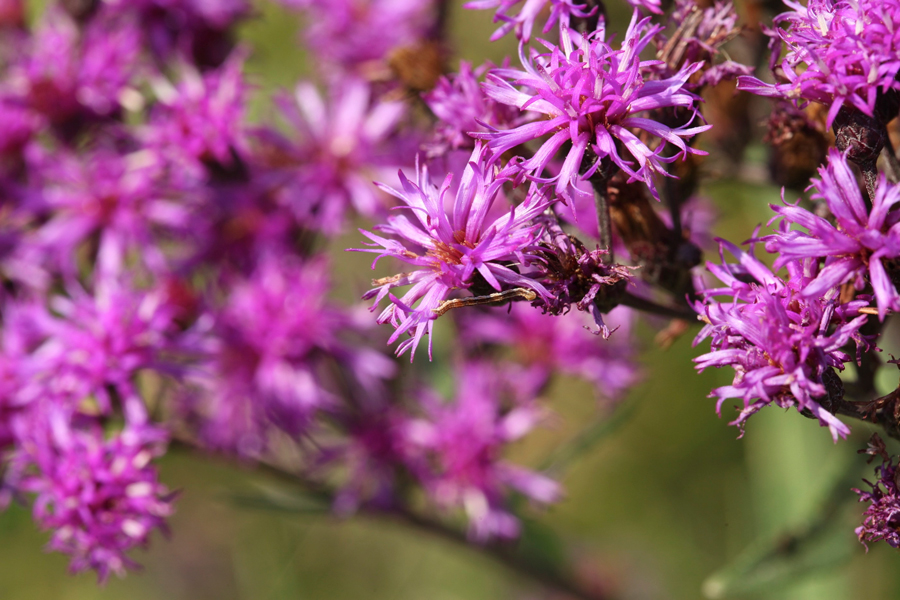
This publication is intended to be a quick guide for plant enthusiasts of North Georgia. Each plant listing is accompanied by a photograph and a brief plant description. The description contains the common name, scientific name, leaf description, flower description, habitat and plant uses.
Mickey P. Cummings and Bodie V. Pennisi
|
-

C 1081
New Native Little Bluestems
Little Bluestem (Schizachyrium scoparium) is a drought tolerant, low maintenance native plant. This ornamental, warm season perennial grass tolerates a wide range of soil conditions and is easily grown. Its purplish bronze blooms and vertical clusters of slender leaves make it a lovely addition to any landscape. It is cold hardy in Georgia, although it may suffer moderate damage in cold winters in the North Georgia mountains. Dr. Carol Robacker of the University of Georgia and Dr. Melanie Harrison of the United States Department of Agriculture have recently created new Little Bluestem cultivars with improved form, reduced height, and more intense red or blue foliage. Several of these desirable new plants are now available to the landscape industry and the public!
Carol Robacker and Bodie V. Pennisi
|